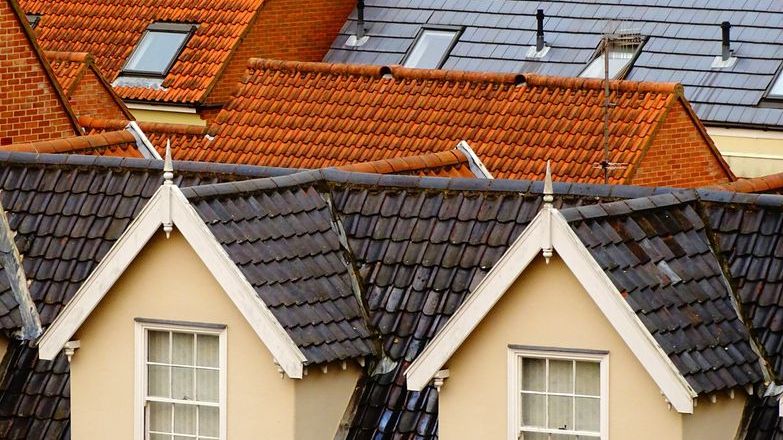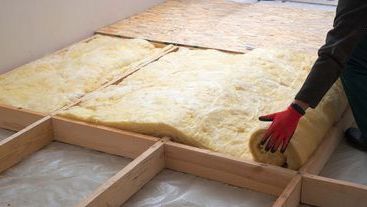Stamp Duty Land Tax (SDLT)
Currently, buyers of homes worth less than £250,000 in England and Northern Ireland don’t pay Stamp Duty (land tax is set separately in Scotland and Wales). This was doubled from £125,000 in September 2022. The threshold is £425,000 for those buying their first property which was raised from £300,000. These higher thresholds will end on 31 March 2025, when they are expected to revert to previous levels.

Starting on 1 April 2025, significant changes to Stamp Duty Land Tax (SDLT) will affect property buyers in England and Northern Ireland. Here’s what you need to know:
New SDLT Rates:
- Up to £125,000: 0%
- £125,001 to £250,000: 2%
- £250,001 to £925,000: 5%
- £925,001 to £1.5 million: 10%
- Above £1.5 million: 12%
Example: For a property purchased at £295,000, the SDLT would be calculated as follows:
- 0% on the first £125,000 = £0
- 2% on the next £125,000 = £2,500
- 5% on the remaining £45,000 = £2,250
- Total SDLT: £4,750
First-Time Buyer Relief
First-time buyers will benefit from a reduced SDLT rate:
- Up to £300,000: 0%
- £300,001 to £500,000: 5%
Properties purchased above £500,000 are not eligible for this relief.
Example: For a first-time buyer purchasing a property at £500,000:
- 0% on the first £300,000 = £0
- 5% on the remaining £200,000 = £10,000
- Total SDLT: £10,000
Higher rates for additional properties
The surcharge rate for additional properties – called Higher Rates for Additional Dwellings (HRAD) has increased from 3% to 5% from 31 October 2024. This means that it is an extra 5% on top of standard SDLT. You will not pay the extra 5% SDLT if both of the following apply:
- your previous main residence was sold within 36 months of completing your new purchase
- the property you’re buying is replacing your main residence
Capital Gains Tax (CGT)
CGT is a tax on the profit made when someone sells certain types of assets (known as chargeable assets), including property.
If someone is selling their main home, they will usually be exempt from CGT, if the grounds are less than 5,000 sqm, and no part of the property has been rented out or used exclusively for business.
Sales of property, that is not the owner’s main home, including buy-to-let, business premises, land, or inherited property, will usually be subject to CGT.
GOV.UK has more information on Capital Gains Tax to help with compliance →
The rates for residential property will stay the same, at 18% and 24%, while the rates for the sale of other types of assets, including commercial property, are being increased to match
Business rates
Business rates are charged on most non-domestic properties in England and Wales, including shops, offices, warehouses, and holiday rentals.
The small business rate multiplier (a number used to calculate business rate bills) will be frozen at 49.9p in 2025 and 2026. There was no confirmation of the large business rate multiplier in the Autumn Budget.
The current 75% discount to business rates, which is due to expire in April 2025, will be replaced by a discount of 40% for eligible retail, hospitality and leisure (RHL) properties in England – up to a maximum discount of £110,000. The rules for rate reliefs are different in Wales, Scotland and Northern Ireland.









